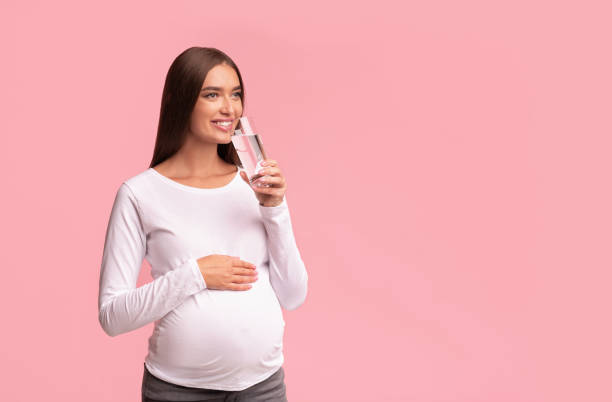tert-Amyl methyl ether

tert-Amyl methyl ether is fuel reduces exhaust emissions of some volatile organic compounds. Safe Home offers a few kits that provide drinking water testing for tert-Amyl methyl ether in city and well water supplies.
Parameter Type: Drinking Water Testing for Volatiles
Parameter Name: tert-Amyl methyl ether
What it is and Where it Comes From:
tert-Amyl methyl ether (TAME) is an ether used as a fuel oxygenate. TAME derives from C5 distillation fractions of naphtha. It has an ethereous odor. Unlike most ethers, it does not require a stabilizer as it does not form peroxides on storage. TAME is mostly used as an oxygenate to gasoline. It is added for three reasons: to increase octane enhancement, to replace banned tetraethyl lead, and to raise the oxygen content in gasoline. It is known that TAME in fuel reduces exhaust emissions of some volatile organic compounds. TAME is also used as a solvent in organic synthesis as a more environmentally friendly alternative to some of the classic ether solvents. Drinking water testing gives you several benefits like peace of mind, identifying contaminants in your water, and insight into health concerns. Safe Home offers Laboratory drinking water testing kits for tert-Amyl methyl ether, allowing you to collect your water sample and ship it directly to our EPA-Certified Laboratory. This platform of drinking water testing for tert-Amyl methyl ether will give you an accurate level based on the lowest level of a parameter our instruments can detect (Method Detection Level). Safe Home drinking water testing for volatiles can be used for city and well water supplies. Drinking water testing should be done any time you notice a significant change in your water quality.
Health Effects:
Respiratory irritation, dizziness, and disorientation have been reported by some motorists and occupationally exposed workers. Acute (short-term) exposure of humans to methyl tert-butyl ether also has occurred during its use as a medical treatment to dissolve cholesterol gallstones. Chronic (long-term) exposure to methyl tert-butyl ether has resulted in central nervous system (CNS) effects, respiratory irritation, liver and kidney effects, and decreased body weight gain in animals.
Solutions to Contaminant Levels:
After drinking water testing, what are my treatment options? A filter with granular activated carbon (GAC) is a proven option to remove certain chemicals, particularly organic chemicals, from water. GAC filters also can be used to remove chemicals that give objectionable odors or tastes to water such as hydrogen sulfide (rotten eggs odor) or chlorine. Reverse osmosis is a process that removes foreign contaminants, solid substances, large molecules, and minerals from water by using pressure to push it through specialized membranes. Here’s how reverse osmosis works. Unlike osmosis, which is a passive process, reverse osmosis requires external force (pressure) to work. Pressure is applied to a highly concentrated solute solution, such as salt water, to pass through a membrane to a lower concentrate solution. The membrane allows water to flow through but blocks out larger molecules, like contaminants. The reverse osmosis process leaves higher concentrations of solute on one side and only the solvent, or freshwater, on the other. Who do I need to contact to find out more information about water quality in my area? Every community water supplier must provide an annual report to its customers, known as a Consumer Confidence Report (CCR). The report provides information on your local drinking water quality, including the water’s source, contaminants found in the water, and how consumers can get involved in protecting drinking water. How often does the local public water system preform drinking water testing? Frequency of drinking water testing depends on the number of people served, the type of water source, and types of contaminants. Certain contaminants are tested more frequently than others, as established by the Safe Drinking Water Act. You can find out about levels of regulated contaminants in your treated water for the previous calendar year in your annual Consumer Confidence Report (CCR).


